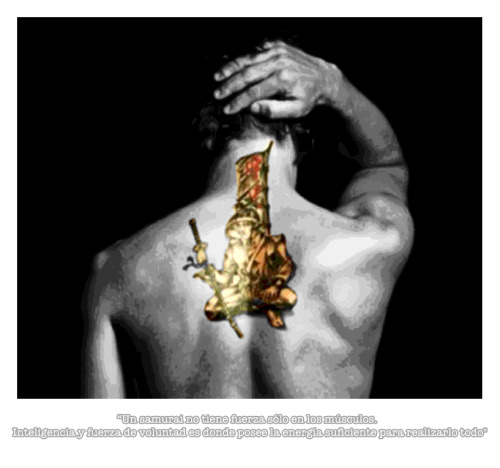There are so many possibilities for a material like this it's hard to focus on one.
http://www.popsci.com/technology/articl ... lectricity
- Login or Register
No account yet? Sign up
http://en.wikipedia.org/wiki/ThermocoupleA thermocouple can produce current, which means it can be used to drive some processes directly, without the need for extra circuitry and power sources. For example, the power from a thermocouple can activate a valve when a temperature difference arises. The electrical energy generated by a thermocouple is converted from the heat which must be supplied to the hot side to maintain the electric potential. A continuous flow of heat is necessary because the current flowing through the thermocouple tends to cause the hot side to cool down and the cold side to heat up (the Peltier effect).
Thermocouples can be connected in series to form a thermopile, where all the hot junctions are exposed to a higher temperature and all the cold junctions to a lower temperature. The output is the sum of the voltages across the individual junctions, giving larger voltage and power output. Using the radioactive decay of transuranic elements as a heat source, this arrangement has been used to power spacecraft on missions too far from the Sun to use solar power.

I got the impression that the sudden creation of a strong magnetic field caused the current, but that's beside the point. The potential is just ... Wow!!. Imagine the energy you could harvest with exhaust headers of this alloy!! Or line your KERS batteries! Or cover your transmission! From what I understood, this alloy could harvest electricity from any car part giving of heat! incredible!!horse wrote:Hmmm, I'm reading it that it's the change in magnetic field strength which is producing the current in a surrounding coil. Which makes sense, I think. Question would be how to keep the material changing strength reliably. It reads like there is a switchover point that it needs to dip above and below (in a tight band, I guess). Imagine trying to do that at 50Hz.

Yes. For the heat to become current, it would have a cooling effect. It's like you said the conservation of energy.gridwalker wrote:Back to the alloy; in line with the principle of conservation of energy, would the conversion process of heat > magnetism > electricity have some kind of cooling effect? You don't get something for nothing, so there must be some kind of reduction in overall heat output ... I don't have the education needed to make sense of the mechanics of how this would work, so any information would be appreciated